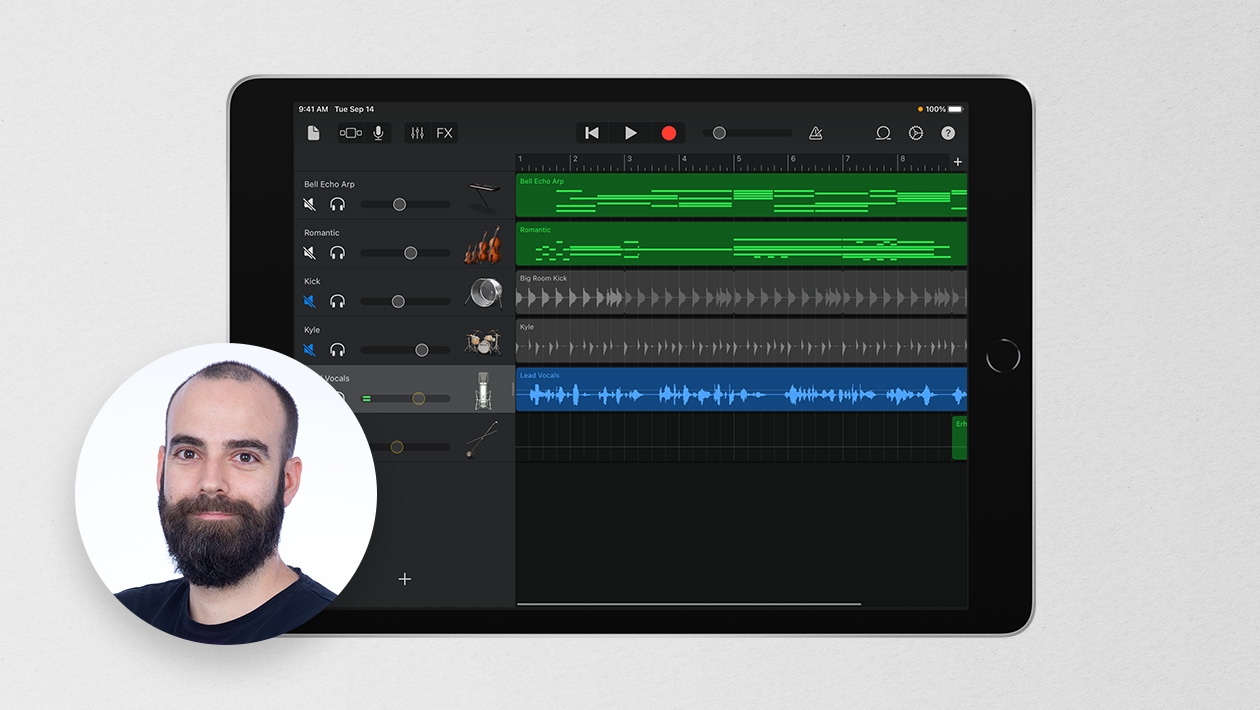As I mentioned in a previous post, I had the opportunity to explore the concept of multimodality throughout my studies and career. Today, I propose to integrate it into the skill of interpreting or reinterpreting a work of art.
Interpreting a famous work means paying homage to it, reworking it, parodying it, or even reviving it through a new perspective. This approach is at the heart of postmodern aesthetics, where the reinterpretation of famous works of art becomes an artistic act in its own right. This is not a matter of mindless copying, but rather of interpreting a visual work as one would a piece of music, a play, or a song.
Let's take an example from the visual arts: Colombian artist Fernando Botero created a unique version of Leonardo da Vinci's famous Mona Lisa. In this case, we remain in the same mode of communication, from image to image, but the interpretation, with Botero's characteristic style of plump characters, brings a whole new meaning to the work.
👉 Source: Mona Lisa by Leonardo da Vinci
👉 Source: Mona Lisa by Fernando Botero
But what happens if we change modes? In popular culture, several creators have had fun “multimodalizing” this iconic work, adding sound, movement, and voice using digital tools or artificial intelligence. Here are a few examples:
👉 Source: Animated Mona Lisa from TikTok
👉 Source: Animated Mona Lisa from Pinterest (AI)
These contemporary interpretations are excellent examples of multimodal interpretation. To see more examples, visit this Pinterest board.
In schools, several teachers have adopted this creative approach to introduce students to famous works in their own way. Here are two examples:
👉 Source: Mona Lisa by Chloé, 6th grade elementary school student (iPad et ChatterPix)
👉 Source: Mona Lisa by Alicia, 4-year-old preschool student (iPhone et ChatterPix)
In this last example with the students, the creations were made analogically, that is, with traditional materials such as modeling clay and gouache. The creations were then photographed on a mobile device and used in the ChatterPix app on iPad to make the character talk. Hybrid creations, analog+digital, always seem to me to be very beneficial for younger children.
In summary, I propose not only interpreting a work in its original form, but above all enriching this approach by fully exploiting multimodality. This is where the iPad reveals its full potential: a single device for capturing images, recording sounds, creating videos, overlaying text, and even integrating interactivity.
👉 Source: Example of a film in which several works are interpreted.
Often, the original work is based on a single mode (e.g., still image). A more complex interpretation may combine several modes: image, sound, movement, text, voice, interactivity.
The result is a truly multimodal production, part of a postmodern artistic approach, where homage and appropriation coexist in a spirit of respect and playfulness.
This approach offers students a sensitive and profound experience of the work. It places them halfway between creation and appreciation, in a rich learning environment conducive to cultural and artistic awakening.
Ultimately, interpreting a work of art means entering into a dialogue with it, taking the time to discover it and, perhaps, falling madly in love with it!












August 22, 2025 . English
English
I love the ideas you shared about interpreting works of art. So often I'll hear "they're copying me" from students during a time meant for sharing ideas, and you've provided some great ways to reframe that discussion!
Interpreting art could be a great way to introduce Photo Markup tools to learners, while also getting them to think about artistic styles and concepts. Thanks for sharing!
This action is unavailable while under moderation.
This action is unavailable while under moderation.